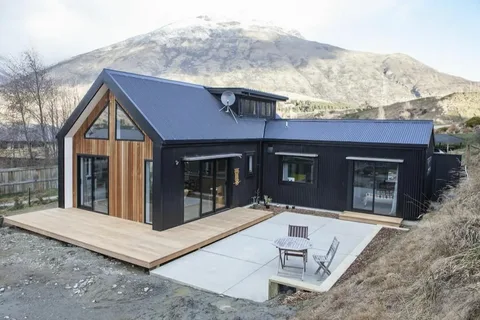As New Zealand continues to embrace sustainable living and eco-friendly housing solutions, the popularity of second hand relocatable homes is on the rise. These homes offer a practical and environmentally conscious alternative to traditional construction. In this article, we explore the environmental benefits of second hand relocatable homes NZ and why they are becoming a preferred choice for many homeowners.
What Are Second Hand Relocatable Homes?
Second hand relocatable homes are pre-built residential units that can be moved from one location to another. Originally designed to be transportable, these homes are often resold after their first use. Instead of demolishing or leaving these homes unused, repurposing them reduces waste and supports sustainable housing development.
Reducing Construction Waste and Resource Consumption
One of the primary environmental benefits of second hand relocatable homes in NZ is the significant reduction in construction waste. Traditional building methods generate considerable waste materials such as timber offcuts, concrete debris, and packaging. By reusing existing homes, much of this waste is avoided.
Additionally, building a new home requires vast quantities of raw materials, including timber, steel, and concrete. Opting for a second hand relocatable home means fewer new resources are extracted and processed, which lowers the overall environmental footprint of housing.
Lower Carbon Emissions Through Reuse
Construction and building processes contribute notably to carbon emissions. The manufacturing of building materials, transportation, and on-site construction machinery all release greenhouse gases. The reuse of relocatable homes significantly curtails these emissions since the bulk of the home’s structure already exists.
The environmental benefits of second hand relocatable homes in NZ also extend to their potential for being moved multiple times. This flexibility reduces the demand for new builds and supports a circular economy approach, where materials and buildings are continually reused rather than discarded.
Minimizing Land Disturbance and Urban Impact
Building new homes often involves land clearing, excavation, and landscaping, which disrupt local ecosystems and natural habitats. Second hand relocatable homes require minimal site preparation and can be installed quickly with less disturbance to the environment.
This aspect makes relocatable homes an attractive option for environmentally sensitive areas or locations where preserving the natural landscape is a priority. They also support urban densification strategies by providing efficient housing solutions without expanding urban sprawl.
Conclusion
In summary, the environmental benefits of second hand relocatable homes in NZ are clear. By reducing construction waste, conserving natural resources, lowering carbon emissions, and minimizing land disturbance, these homes offer a sustainable path forward in New Zealand’s housing market. For those seeking eco-friendly living solutions, second hand relocatable homes present an innovative and responsible choice that aligns with the country’s commitment to environmental stewardship.

